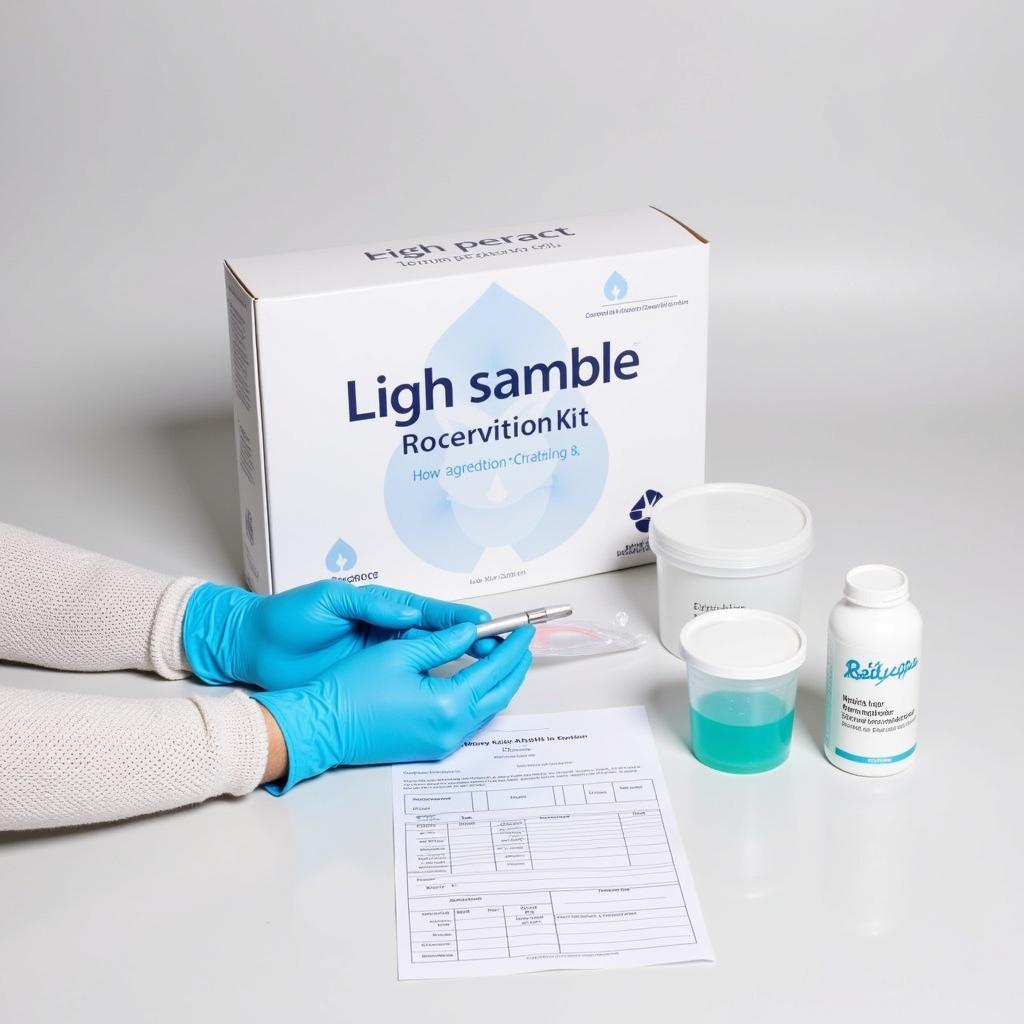The fascinating realm of hair analysis often extends beyond the confines of traditional laboratories. Researchers, particularly those exploring genetics, forensics, or even paranormal claims, might find themselves needing hair samples from less conventional sources, such as brushes. However, collecting hair samples from brushes for research, even if seemingly innocuous, raises ethical and legal considerations, especially in the context of IRB (Institutional Review Board) guidelines.
Navigating Ethical Considerations
While obtaining hair from a brush might appear straightforward, it’s crucial to remember that hair, like any other biological material, contains DNA. This genetic information is deeply personal and can reveal sensitive data about an individual. Therefore, researchers must prioritize ethical considerations and informed consent throughout the entire process.
IRB Approval: A Non-Negotiable Step
Before even considering collecting hair samples from brushes, obtaining IRB approval is paramount. The IRB exists to protect the rights and welfare of human subjects involved in research.
Why is IRB approval essential for collecting hair from brushes?
- Privacy Concerns: Even discarded hair carries sensitive genetic information.
- Informed Consent: Individuals have the right to know how their biological material, even if discarded, will be used.
- Data Security: Researchers must outline protocols for storing and anonymizing data to safeguard privacy.
Essential Elements of IRB Submission
When submitting a research proposal involving hair samples from brushes, meticulous attention to detail is essential. Your IRB application should clearly address the following:
- Research Purpose: Provide a clear and concise explanation of your research objectives and how hair analysis contributes to your study.
- Sample Collection: Detail the methods for collecting, storing, and labeling hair samples to maintain a clear chain of custody.
- Informed Consent Process: Outline how you will obtain informed consent from individuals. This may involve explaining the research, risks, benefits, and their right to withdraw.
- Data Confidentiality: Detail how you will de-identify and protect the genetic data derived from the hair samples.
Addressing Potential IRB Concerns
IRBs are particularly attentive to research involving vulnerable populations or when there’s a potential for coercion or undue influence.
Scenario: Imagine a study investigating genetic predispositions to anxiety in children, using hair samples collected from brushes at a daycare center.
- Vulnerability: Children are considered a vulnerable population, requiring extra safeguards to ensure their understanding and assent.
- Coercion: Parents might feel pressured to participate, especially if their refusal could impact their child’s standing at the daycare.
To mitigate such concerns, researchers could consider alternative collection methods, involve parents actively in the consent process, and ensure anonymity throughout the study.
 Hair Sample Collection Kit
Hair Sample Collection Kit
Alternative Sample Collection Methods
If IRB approval for collecting hair from brushes proves challenging, exploring alternative sample collection methods is wise. These might include:
- Saliva Samples: Less invasive and generally well-tolerated, saliva samples can be collected using specialized kits.
- Buccal Swabs: Similar to saliva samples, buccal swabs involve collecting cells from the inside of the cheek.
Conclusion
Collecting hair samples from brushes for research necessitates a delicate balance between scientific inquiry and ethical responsibility. IRB guidelines serve as a crucial framework for protecting the rights and welfare of individuals involved in research. Open communication, transparency, and a commitment to ethical data handling are essential for conducting meaningful and responsible research in this fascinating area of study.
FAQs
1. Can I use hair samples collected from brushes for personal research projects?
Using hair samples collected from brushes for personal research projects, especially those involving genetic analysis, is strongly discouraged. Ethical considerations and privacy laws still apply.
2. What are the legal implications of using hair samples without consent?
Using hair samples without informed consent can have serious legal consequences. Laws vary, but unauthorized use of genetic information can result in lawsuits and penalties.
3. How long can hair samples be stored for research purposes?
The duration for which hair samples can be stored varies depending on IRB guidelines and local regulations. Researchers must outline clear protocols for sample storage and disposal.
4. Can hair samples from brushes be used for paternity testing?
While hair samples can be used for paternity testing, it’s crucial to consult with an accredited laboratory and follow legal procedures. Chain of custody and informed consent are essential.
5. Are there cultural sensitivities surrounding hair samples?
Yes, certain cultures have specific beliefs and practices surrounding hair. Researchers should be aware of and respect these cultural sensitivities during sample collection and handling.
Need Assistance with Your Research?
Navigating the complexities of IRB guidelines and ethical considerations can feel overwhelming. Our team at Paranormal Research is here to support you every step of the way. Contact us at 0904826292 or research@gmail.com. Our offices are located at No. 31, Alley 142/7, P. Phú Viên, Bồ Đề, Long Biên, Hà Nội, Việt Nam. We’re available 24/7 to assist you.